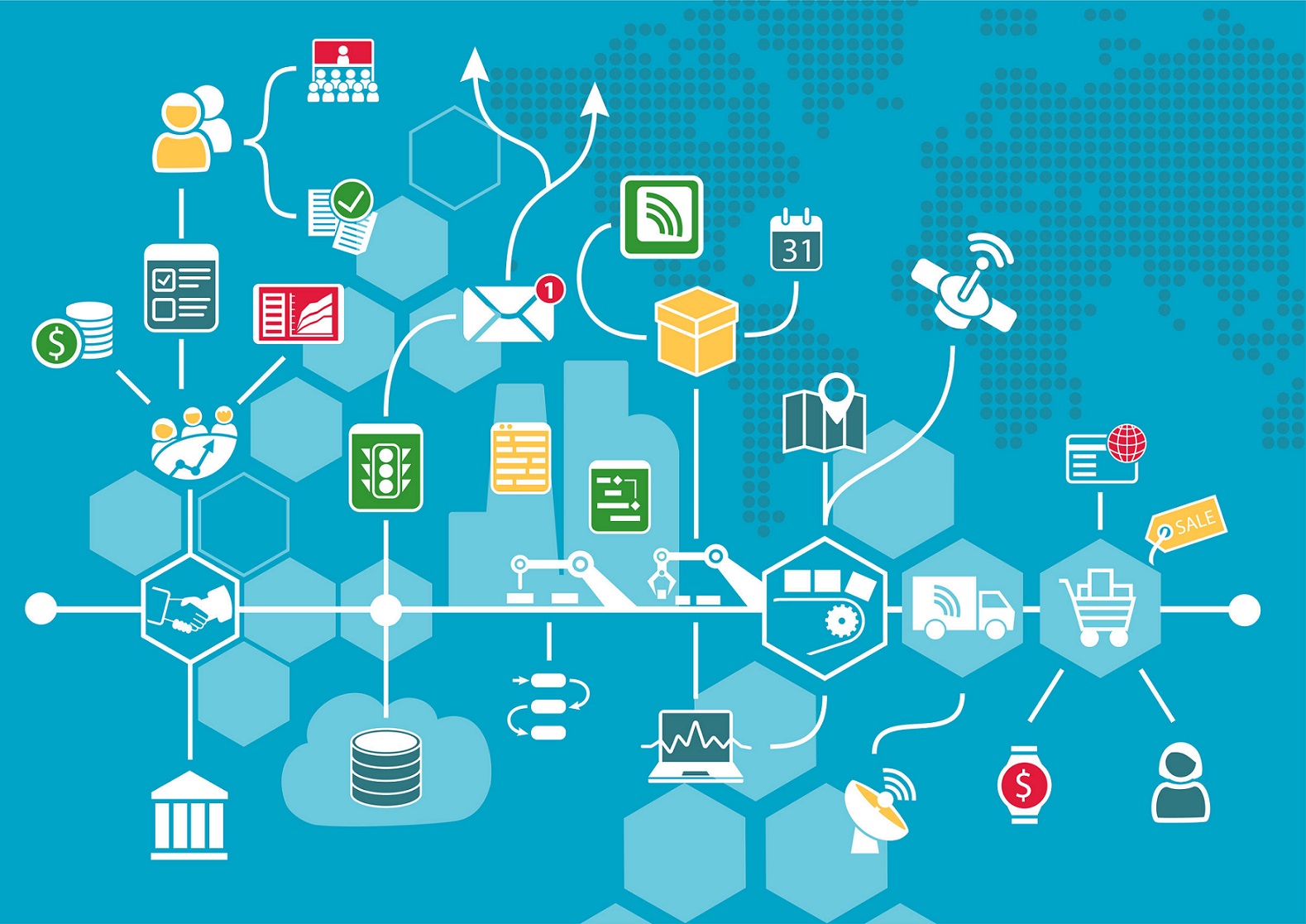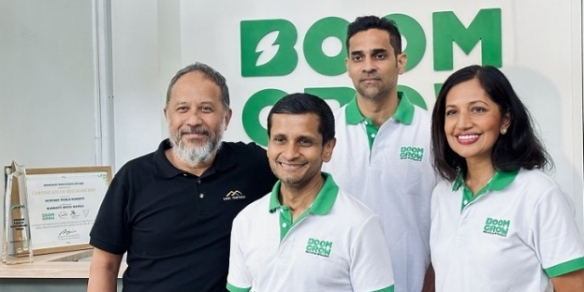How planning for the IoT can help drive business success
By Clement Goh August 7, 2017
- Careful consideration should go into planning for a long-term enterprise IoT infrastructure strategy
- IoT environments cannot function without a resilient interconnection backbone at the digital edge

INTERNET of Things (IoT) applications seem to be hot on the enterprise wish list, especially with Asia Pacific set to become the frontline for IoT according to IDC.
Coupled with a large number of government initiatives driving demand, the number of things connected in the region is expected to increase from 3.1 billion to 8.6 billion by 2020, creating a US$583 billion market opportunity.
So, it’s no surprise that businesses want to leverage on IoT to not only increase customer engagement, gather useful product and marketing data, but to also win customer loyalty and new businesses.
Unfortunately, new press reports of privacy invasions can be a cause of concern from a business perspective.
To mitigate this, it’s recommended to not only plan out your IoT infrastructure, but to also include best practices that will bring you closer to the digital edge of IoT interconnection. To help with this, below are a few priorities that should be part of your IoT planning process:
- Care for data — Be transparent with your customers about private data collection. Key things they should be aware of includes the type information that are going to be collected, how that data will be protected in the network or the cloud, and when would they have an opportunity to opt-out.
- Make sense of data — Data collected through the power of analytics can uncover hidden gems that provide value to an enterprise. As such, having a plan in place to analyse both the operational and customer data is important. It’s also wise to think about the kind of outside sources that can augment the current data collected, whether the data collected be used to speed up key processes like product updates or maintenance and how the data can be integrated with established systems to provide the enterprise with a deeper understanding of customer requirements and preferences.
- Manage data collection— The power of IoT comes from its ability to collect information from a broad range of devices and sensors. However, it can certainly be a challenge to collect and manage huge volumes of data from multiple locations. Planning how you will collect and analyse data from the field, manage the quality of service and latency across different geographic areas and the process scale of the collection will help in overcoming that challenge.
Best practices for IoT interconnection
What most businesses are unaware of is that the IoT environments cannot function without a robust and resilient interconnection backbone at the digital edge. By factoring in these best practices early in your IoT planning, it will ensure a capable, fast, safe and scalable IoT connection.
Scalability — Do you know how much traffic your IoT applications will generate on your network and if it’s established to effectively scale with growing workloads and latency requirements? Switching up your account bandwidth efficiency through high-speed, low-latency connections will enable your future IoT infrastructure to elastically scale without having to scale down on traffic.
Proximity — Know where the computational and data management resources that support the IoT workloads reside in your network, and if those resources can be brought closer to intelligent client systems to reduce overall network load, and improve latency to provide your end users with the best possible performance is key. This will place you in the position to maximise the quality of user experience and leverage time sensitive IoT opportunities. It is recommended to bring your compute and applications close to where the users and data reside.
Integration — Having trouble deciding on different services and microservices to integrate to create an IoT application, and what suppliers with established integrated IoT platforms are available to help? Consider placing your IoT infrastructure on a multi-vendor integration platform. This ensures a secure and efficient integration with provider-neutral flexibility.
Security — Securing your data is critical and it is wise to go through some important questions to reduce enterprise exposure. How sensitive is the data and are private or dedicated links required? How do you plan to handle various types of attacks? What about compartmentalising data flows to reduce potential data loss during an attack? Is there a way for the “surface area” to be reduced through the use of an integrated IoT platform that would also reduce enterprise exposure? By answering those questions, you can dramatically reduce enterprise exposure.
Overall, careful consideration should go into planning for a long-term enterprise IoT infrastructure strategy for fast, secure and scalable interconnection. This way, your enterprise would be on the right IoT path at the digital edge.
Clement Goh is Equinix South Asia managing director.
Related Stories:
Mobike, Gemalto bring IoT connectivity to bike-sharing services beyond China
What does 5G herald for the region?
Malaysian business leaders embrace 4th Industrial Revolution
Internet of Things to drive digital transformation in Asean
For more technology news and the latest updates, follow us on Facebook,Twitter or LinkedIn.


